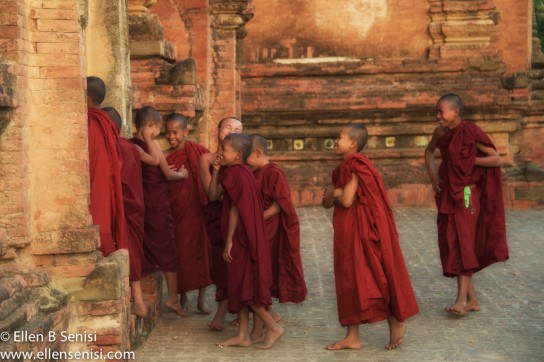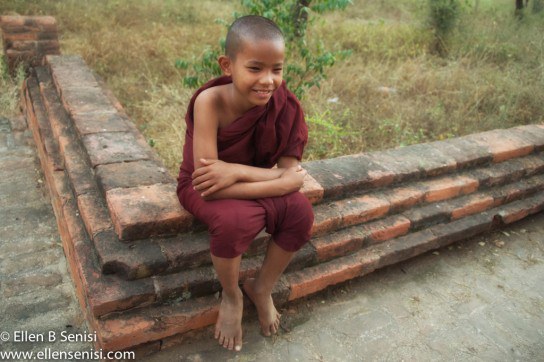
Burma, Especially Its Children – Post 18: On Beating Up Monks: Burmese Politics, the Shwedagon, and Recent History
Burma has a long and complicated history which I will not get into. However, a bit of recent history involves the Shwedagon Pagoda, which I talked about in a previous post. The Shwedagon Pagoda was the center of protests begun by monks in 2007 that spread throughout the country of Burma.
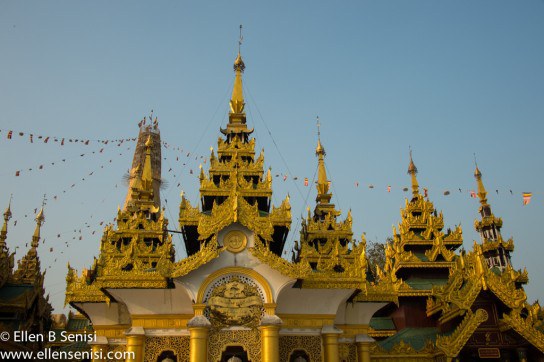
The monks held peaceful demonstrations against the military dictatorship beginning in September of that year, and other citizens began to join them. Monks also refused to give spiritual services to members of the military which, believe it or not, is a very powerful tool in a religious country like Burma.
You see, Buddhists strive to gain “merit” in various ways. One way is to give to monks. Monks do not have possessions; their food, clothing, and other basic needs (such as medication) are donated. Monks are not even allowed to cook their food – they eat only what is given to them. In exchange for these donations, they spread good will, and share “merit” and the teachings of the Buddha.

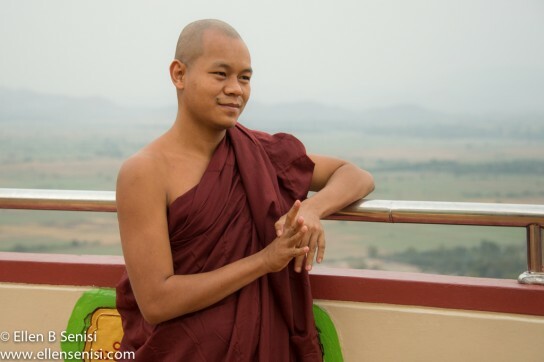
Now the people in the military dictatorship are, like the vast majority of Burmese people, mostly Buddhists and they also contribute regularly to monks and monasteries to gain merit. So when the monks refused to accept their donations in a denial of spiritual services, people in the military government were enraged because they were not able to gain merit. Plus, because the monks are so highly respected in Burmese society, their peaceful resistance to the military regime was spreading rapidly throughout Burma. The military proceeded to beat up, arrest, and jail monks. Some protestors were killed, tear gas and insect spray was blown into the masses of demonstrators, and, of course, internet to monasteries was cut off to keep the unrest from spreading.
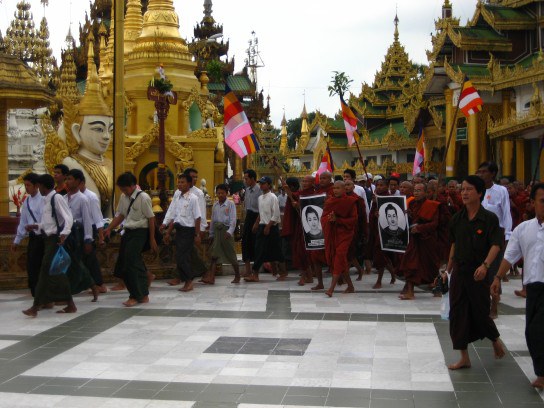
Monks and protestors in the Shwedagon Pagoda, Yangon, Burma, during the September 2007 protests. This is the only photo in this blog that I did not take because, obviously, I was not there at the time. It is allowed to be reproduced here via the terms of Wikimedia Commons. Many powerful photos of the protests can be seen in Google Images using the search words “Burma monks protest 2007”.
Hmm, somehow beating up and killing peaceful monks doesn’t seem like an effective or logical way to gain merit . . . .
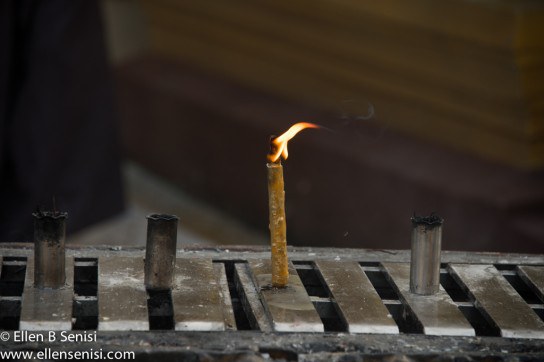
The actual death toll could not be determined because the dictatorship had been pretty successful in keeping journalists out of the country. State media said 13 protestors had been killed but some outside sources estimate the number was in the hundreds; others in the thousands. One Japanese photojournalist (Kenji Nagai) who had managed to slip into the country was killed by a soldier (though he did keep taking photos from the ground after he was shot). Killing photographers and journalists sure helps keep the nosy free press out of your country.
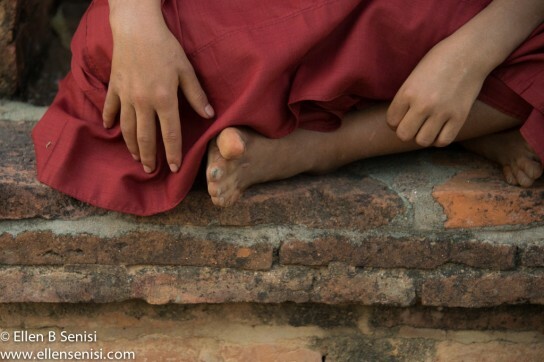
This was especially appalling and shameful when you realize that there are many children in the ranks of monks who, even if they were not beaten, had to witness the violence.
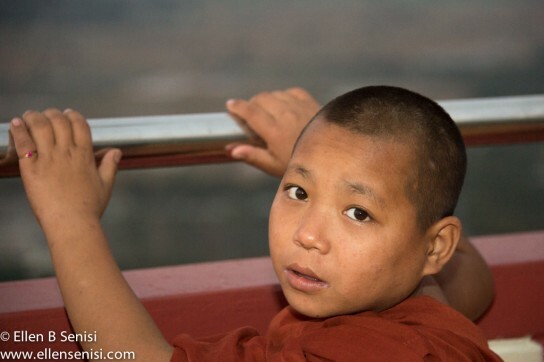
As usual, the ones with the guns won. Or so it seemed until 2010. The dictatorship actually began allowing democratic changes, which are happening right now, slowly but surely. It is generally accepted that the peaceful resistance of the monks, the people, and Aung San Suu Kyi, paired with the economic sanctions imposed by many countries (including the US) brought about this change of heart by the government.
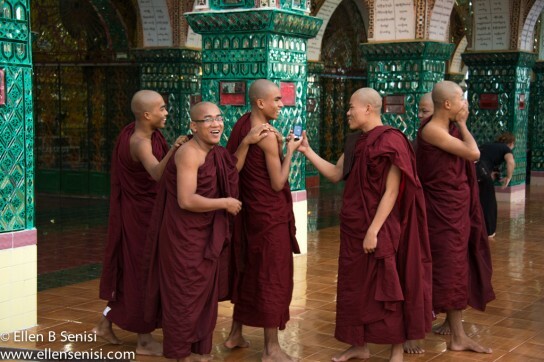

It is to be hoped that Burma’s new, more tolerant political climate allows the community of monks to do their work in peace and to protect the children in their ranks.
